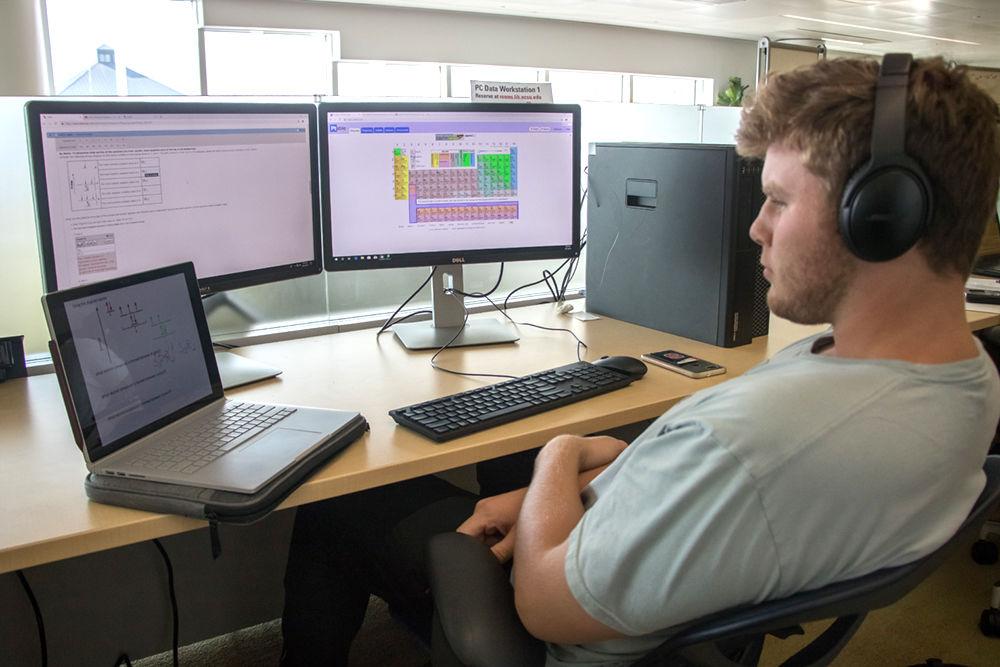Approximately $11.5 million is spent on enterprise-level software each year, including an additional $212,000 drawn from education and technology funds specifically for student access.
While many products ranging from Microsoft Office 365 to Autodesk are offered free or discounted to students, Software Licensing Manager Bill Coker said that he receives numerous requests for other products like Adobe Creative Cloud.
“One of the things that we would like to do is Adobe Creative Cloud,” Coker said. “It is not offered for student use right now, primarily because we are an engineering school and there is not a wide use of it, but they are still on of the ones that we hear a lot about students wishing that they had access.”
Coker said that the Software Working Group is responsible for recommending and reviewing campus software licensing, a topic of interest being Adobe Creative Cloud. The working group meets every quarter, with the previous meeting having been on Feb. 12.
“Typically when we purchase at the university level, we are purchasing enterprise level licensing, or at least large site licensing, so we have a lot more opportunities to reduce cost overall whereas if you purchase a piece of software from the bookstore, or even Amazon, you would be paying at a higher cost,” Coker said. “The only caveat is that sometimes students, because they are students, will get student discounts.”
Coker said that purchasing software at the enterprise-level is what allows for price negotiation.
“Some things are funded directly from the Office of Information Technology (OIT), and some is funded by partnerships with colleges,” Coker said. “The only way we are able to purchase Microsoft is because all of the colleges and some of the administrative units on campus contribute to that licensing.”
Mark Harben, software licensing technical analyst, said that when a college chooses to request access to software, they often pay for access based on the percent usage among students with funds drawn from an education and technology fund.
“If there is any software that students are using from those site or enterprise licenses, we will take some funding from an education and technology fund, which is what students pay with the Education and Technology Fee (ETF),” Coker said. “OIT has allotted a certain amount of money each year from those ETF funds, and we are able to pull from that for software.”
Coker said that the cost differential for providing software to over 8,000 faculty and staff versus close to 35,000 students plays a significant role in who has access to certain software. With regards to Adobe Creative Cloud, he said that currently faculty and staff have access.
“We look at what our percentage of usage would be,” Harben said. “We have a fine line with vendors saying ‘Okay, we do want your product, but we don’t want it for everybody.’”
Coker and Harben said that students should make an effort to learn more about the software offered to them while enrolled at NC State.
“Instead of spending money on a subscription to Microsoft, we figure that’s $600 that they save over the course of four years,” Harben said. “As a college student, $600 is quite a bit of money. Students should take advantage of all the free software that we have.”
For a complete list of free or discounted software, as well as instructions and FAQ about getting software access, student can visit the Software Licensing website.








